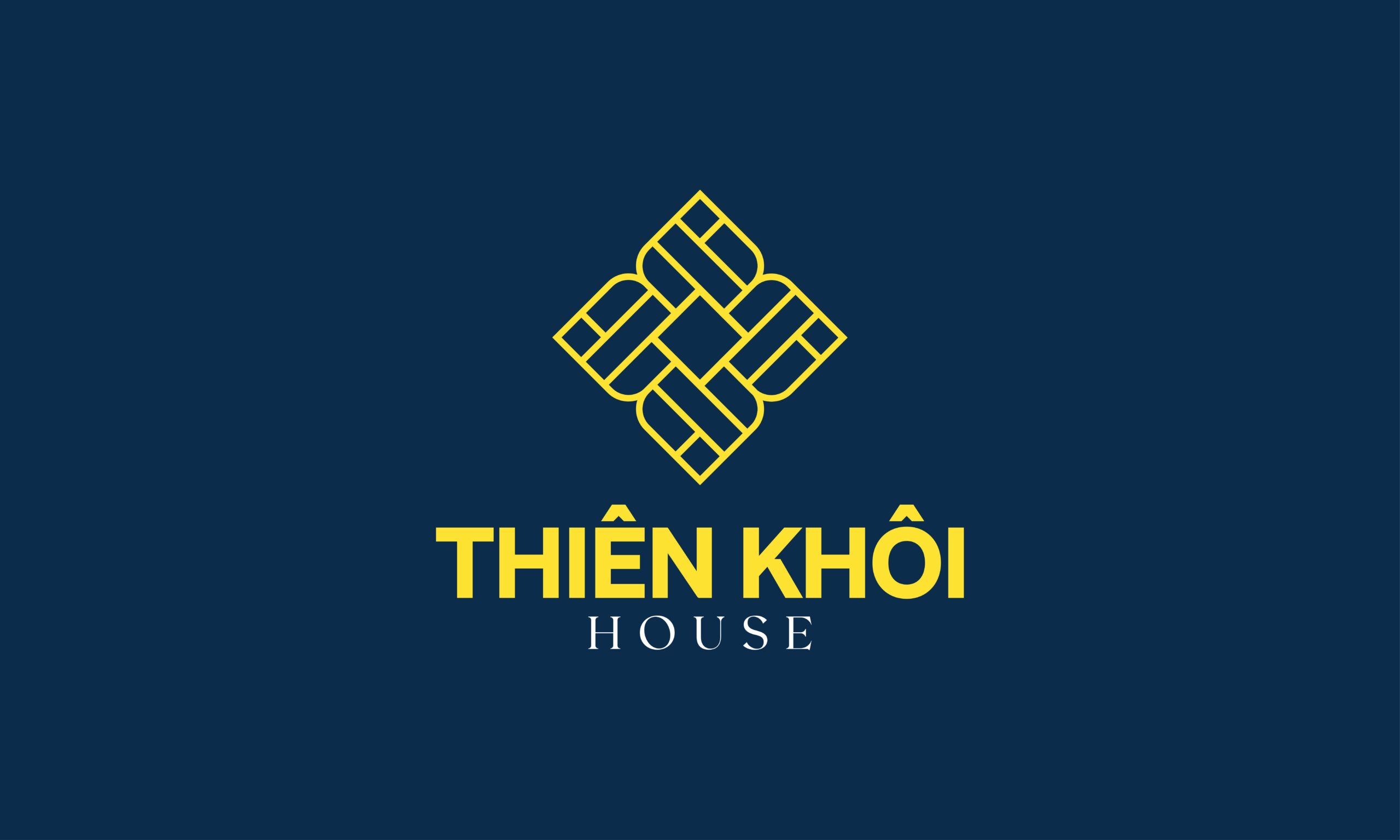Hue was Vietnam’s imperial capital for over 140 years and remains one of the most culturally rich cities in the country. With grand palaces, ancient pagodas, and royal tombs set along the Perfume River, Hue offers a calm, historical journey into Vietnam’s royal past.
Place Name-Imperial City (Citadel) – The Heart of Ancient Hue
🧭 Overview
The Imperial City, also called the Citadel, is the most important historical site in Hue. It was once the royal palace and political center of the Nguyen Dynasty, Vietnam’s last royal family. Built in the early 1800s, this massive complex includes palaces, temples, gates, gardens, and the Forbidden Purple City, where the emperors once lived.
🌲 What to Expect
-
Ngo Mon Gate – The grand main entrance, once used only by the emperor
-
Thai Hoa Palace – A beautifully decorated throne hall used for ceremonies
-
Forbidden Purple City – The emperor’s private area, similar to China’s Forbidden City
-
Royal Theater – One of Vietnam’s oldest traditional theaters
- Ancient Walls & Moats – Walk around the fortified walls and scenic surroundings
Place Name-Royal Tombs of Hue – Majestic Resting Places of Emperors
🧭 Overview
The Royal Tombs of Hue are a series of beautifully designed mausoleums built by the Nguyen Dynasty emperors during the 19th and early 20th centuries. Each tomb reflects the emperor’s personality, philosophy, and the artistry of the time — combining temples, lakes, gardens, and traditional Vietnamese architecture in serene settings.
Visiting these tombs offers a peaceful escape into Vietnam’s imperial past.
🌲 What to expect
Tomb of Minh Mang
-
Harmonious layout with gates, lakes, bridges, and gardens
-
Known for its symmetry and natural beauty
-
Surrounded by pine forests and lotus ponds
🏯 Tomb of Khai Dinh
-
The most unique and elaborate of the tombs
-
Blends Vietnamese and European styles
-
Famous for its colorful glass and porcelain mosaics inside the main hall
🏠 Tomb of Tu Duc
-
Set in a tranquil pine forest with lakes and pavilions
-
The emperor built it as a retreat before his death
-
A peaceful place to walk and reflect
Place Name- Thien Mu Pagoda
🧭 Overview
Thien Mu Pagoda, also known as the Pagoda of the Celestial Lady, is one of the most iconic religious sites in Vietnam. Built in 1601, it stands on a hill with sweeping views of the Perfume River, surrounded by peaceful gardens and ancient trees.
This seven-story pagoda has become a symbol of Hue and is deeply tied to Vietnam’s spiritual and historical identity.
🌲 What to expect
-
Phuoc Duyen Tower – The tall, seven-level octagonal tower that has become a Hue landmark
-
Temple Grounds – Peaceful paths, bonsai gardens, and a meditation hall
-
Old Austin Car – The car used by monk Thich Quang Duc, who self-immolated in 1963, displayed as a symbol of protest and sacrifice
-
Beautiful River Views – Ideal spot for photos and quiet reflection
Place Name- Perfume River Boat Ride
🧭 Overview
The Perfume River gently flows through Hue, adding beauty and calm to the ancient capital. A boat ride on this river is one of the most relaxing and scenic ways to explore the city. You’ll glide past pagodas, temples, traditional villages, and tree-lined banks — all while taking in Hue’s quiet charm.
🌲 What to expect
-
Traditional Dragon Boats – Decorated in colorful, dragon-inspired designs
-
Stops at Landmarks – Visit Thien Mu Pagoda, royal tombs, or floating villages
-
Sunset Cruises – Watch the sun dip behind ancient buildings with golden light on the water
-
Live Music Options – Some evening rides include live Hue folk music performances on the boat
Place Name-Hue Cuisine – Royal Flavors of Vietnam
🧭 Overview
Hue is not only famous for its imperial history — it’s also known as the culinary capital of Vietnam. Once the seat of emperors, Hue’s cuisine is delicate, colorful, and full of flavor. Many dishes were created to serve the royal family, meaning they are beautifully presented and often made with special techniques and ingredients.
Whether you’re dining at a street stall or in a traditional garden restaurant, Hue’s food is a true cultural experience.
🌲 What to expect
Guest can try below foods:
-
Bún Bò Huế: A spicy and flavorful beef noodle soup, richer and bolder than pho.
-
Bánh Bèo: Small steamed rice cakes topped with shrimp, crispy pork skin, and scallions.
-
Bánh Khoái: A crispy rice pancake filled with shrimp, pork, bean sprouts, and herbs.
-
Nem Lụi: Grilled lemongrass skewers served with fresh vegetables and dipping sauce.
-
Chè Huế: A sweet dessert soup made from beans, fruit, jelly, and coconut milk.






















































































